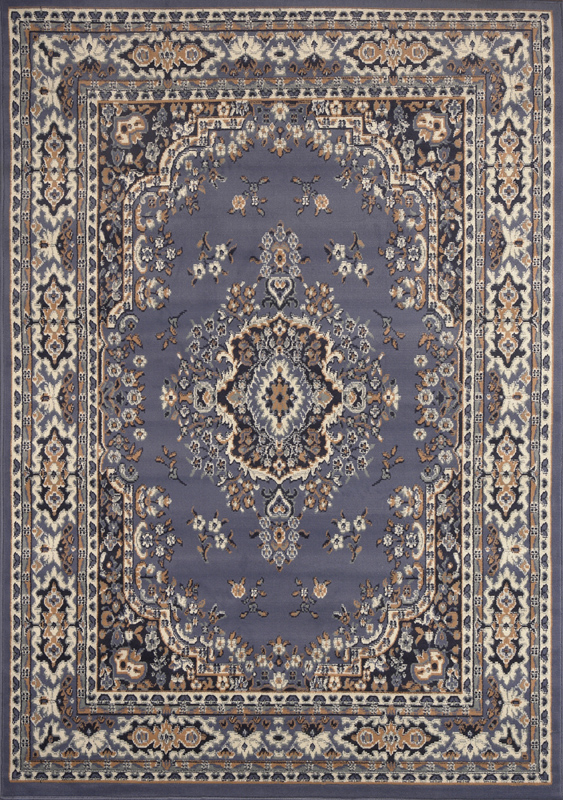
A good carpet perfectly sets the scene in a room, giving it character and coziness. The most famous of all carpets, is the oriental rug.
Origin of the oriental rug
As the name implies, this is made in the Orient. This used to include the entire Asian world, with the Arab countries and also China. Only handmade carpets from these countries are still allowed to call themselves Oriental carpets. The history of oriental carpet reaches far back. Already in pre-Christian times, the nomadic peoples of central and central Asia furnished their tents with woven oriental rugs. In the Middle Ages, finally, the court manufactures of the Mongols, Shahs and Sultans emerged. In these workshops the knotting techniques for the oriental rug were improved.
Names of oriental rugs
The carpets are usually named after their origin. For example, comes the “Tabriz“From Iran, one”Beloutsch“, Named after the nomadic tribe of Baluchen, is from Afghanistan, Pakistan or Iran. The classic weave from the Orient, is hand-knotted. These threads are stretched on a vertical frame. The tighter the knots on a surface are together, the more elaborate, but also more durable and valuable is the carpet. However, every region makes their carpets a bit different. The patterns and ornaments used in Oriental rug are therefore often typical of a particular region.
Production and properties
Frequently one recognizes floral motifs in classical Persian carpets. On the other hand, Gabbehs, which are South Persian nomadic carpets, are more abstract in form. “Kilims” is an example of well-known woven carpets. They look the same from the front and the back and are therefore usable on both sides. Except as a carpet, they are also used as a blanket or wall hanging. The classic material is wool, very fine (wall) carpets are made of silk. The oriental rugs were originally dyed with vegetable and animal dyes, which is rare today.
The value of oriental rugs depends on age, origin, material, style and rarity.
Unfortunately, good working conditions are not always guaranteed when making carpets. Therefore, many dealers of the European carpet retailer founded the cross-company brand “Care and Fair”. It runs social projects in Nepal, Pakistan and India and works to improve working conditions.
recognition
Unfortunately, there are often fakes of the original oriental rugs. It is not always easy to see if an oriental rug was actually woven or knotted by hand. Frank Sachau, owner of Kiek, one of the largest importers of oriental rugs knows: You can see it on the back, which looks completely different from an oriental rug, which was manufactured by machine. For today, there is not a single machine worldwide that can replicate a knot made by human hands.
Oriental rugs are becoming popular again. One finds back to originality, to the real, to the timeless and also to the sustainable. Oriental rugs fit perfectly into practically all furnishing styles and create a wonderful impression, especially in combination with modern furniture classics.
 savillefurniture Interior Design Ideas
savillefurniture Interior Design Ideas